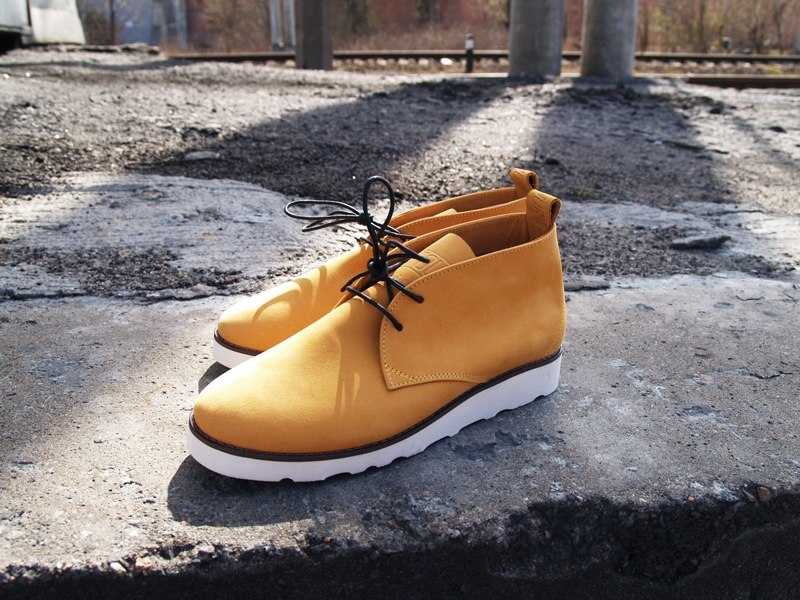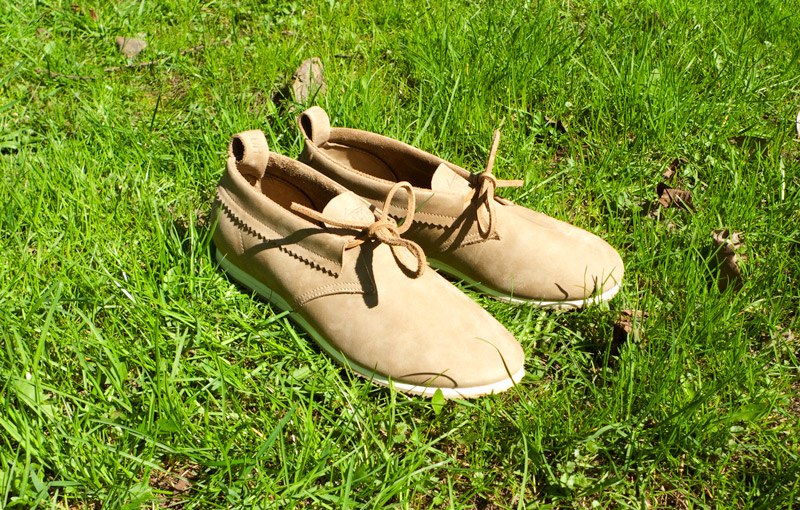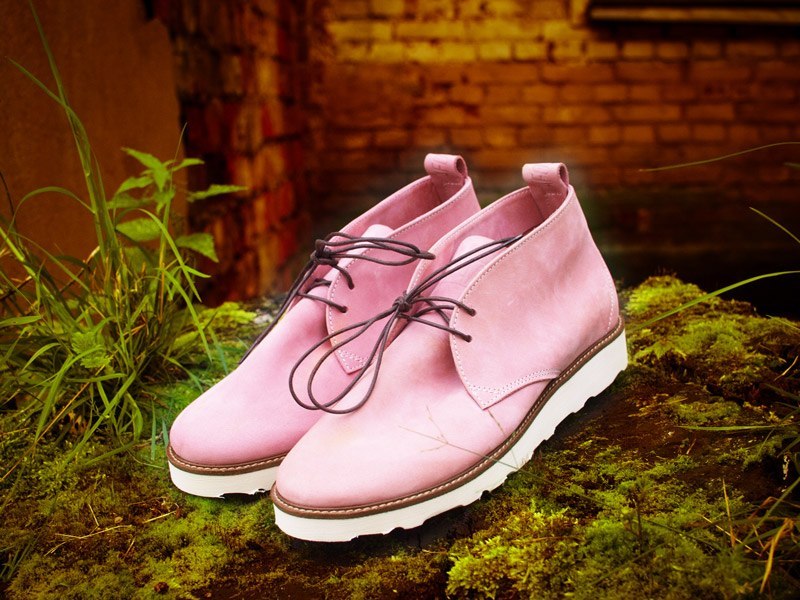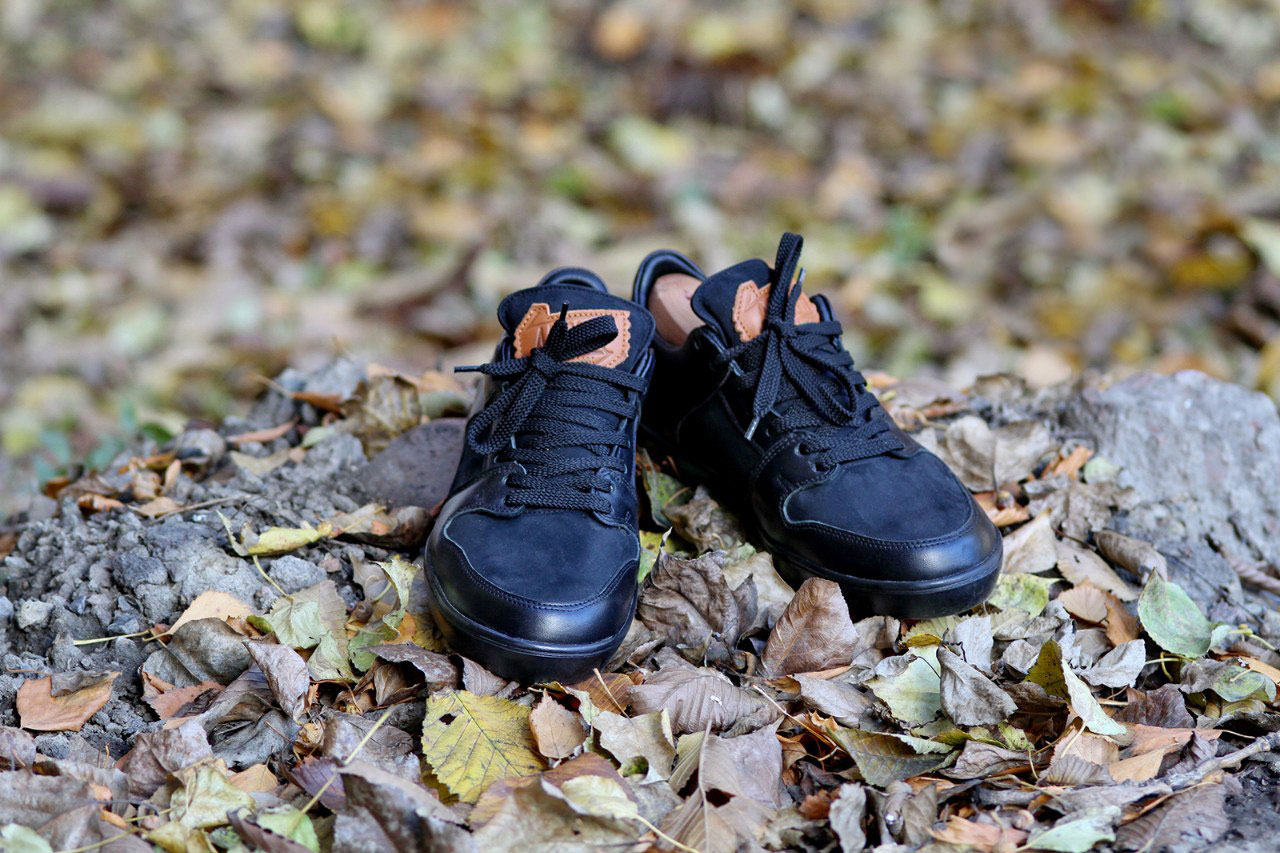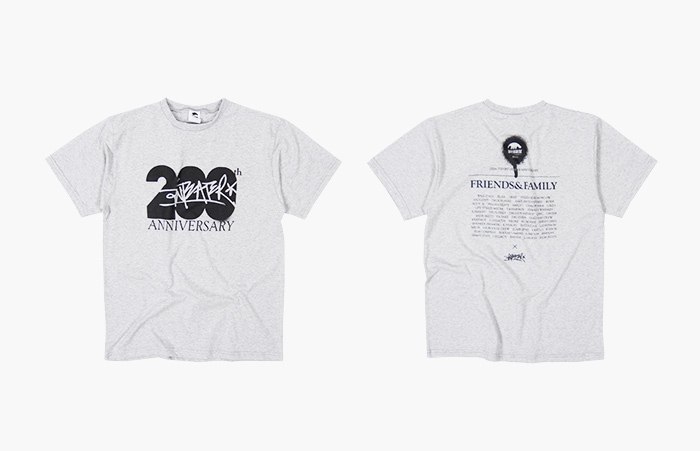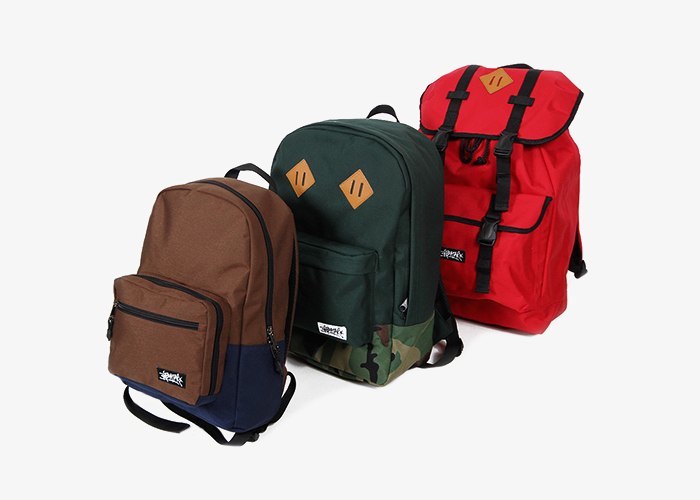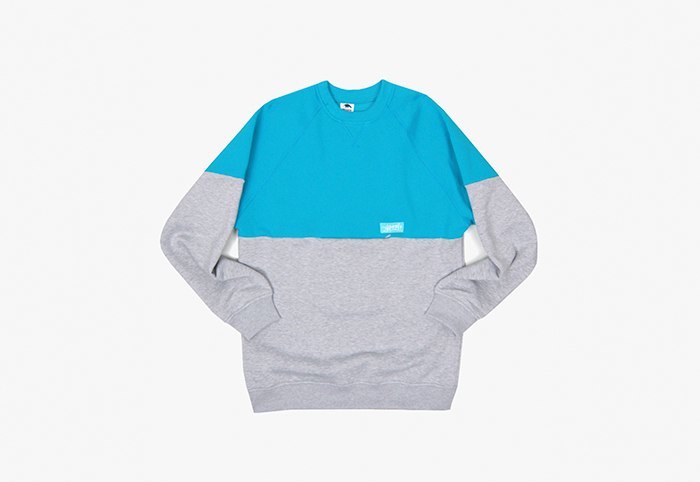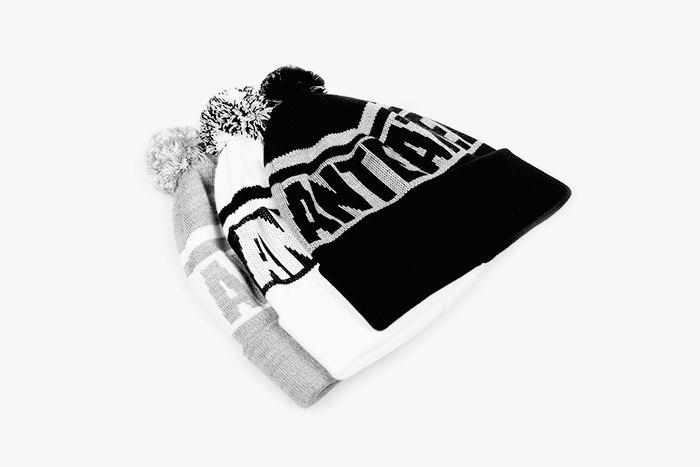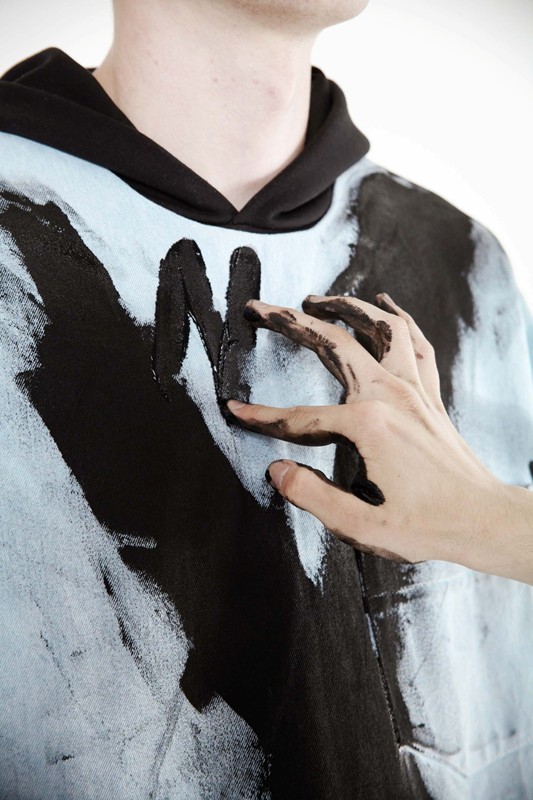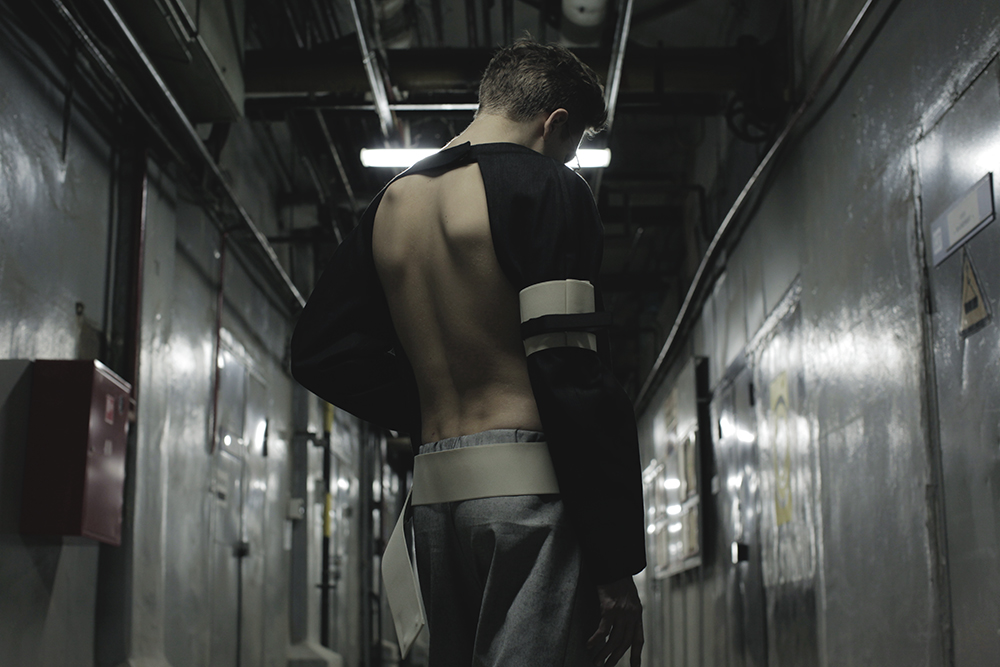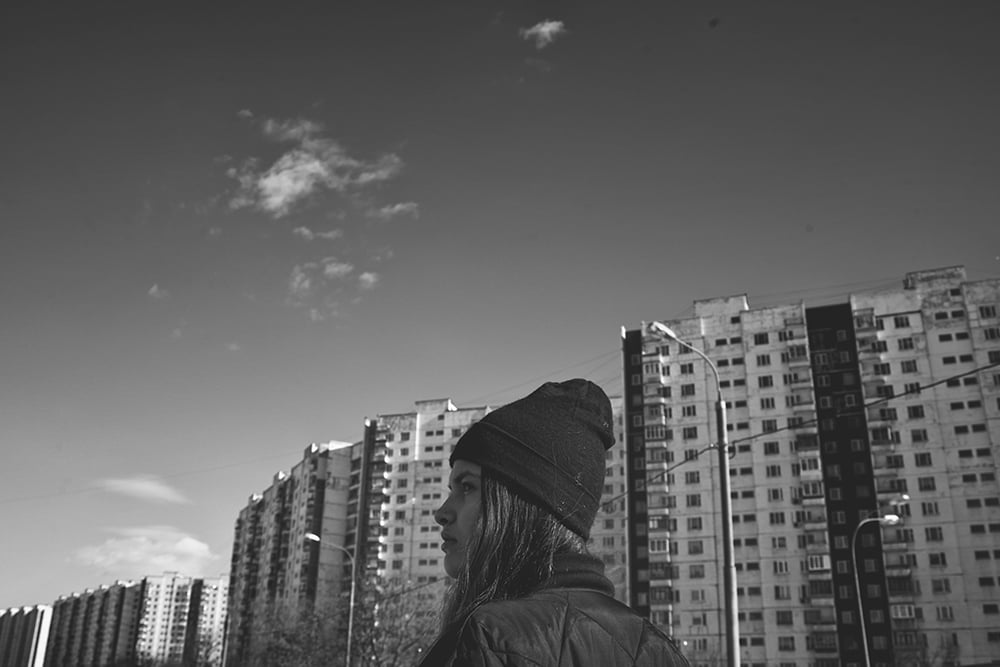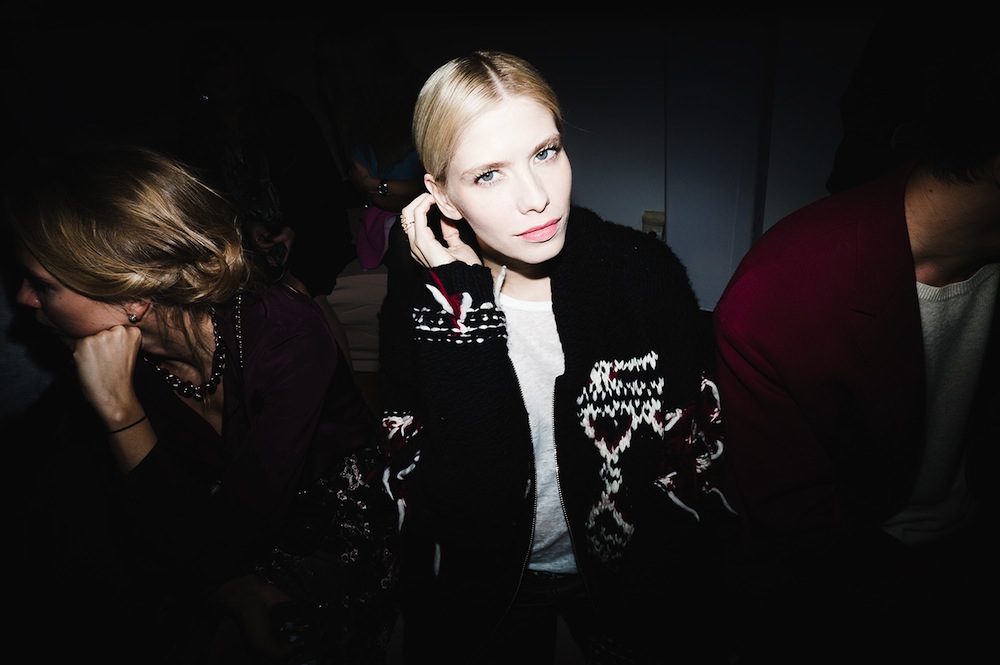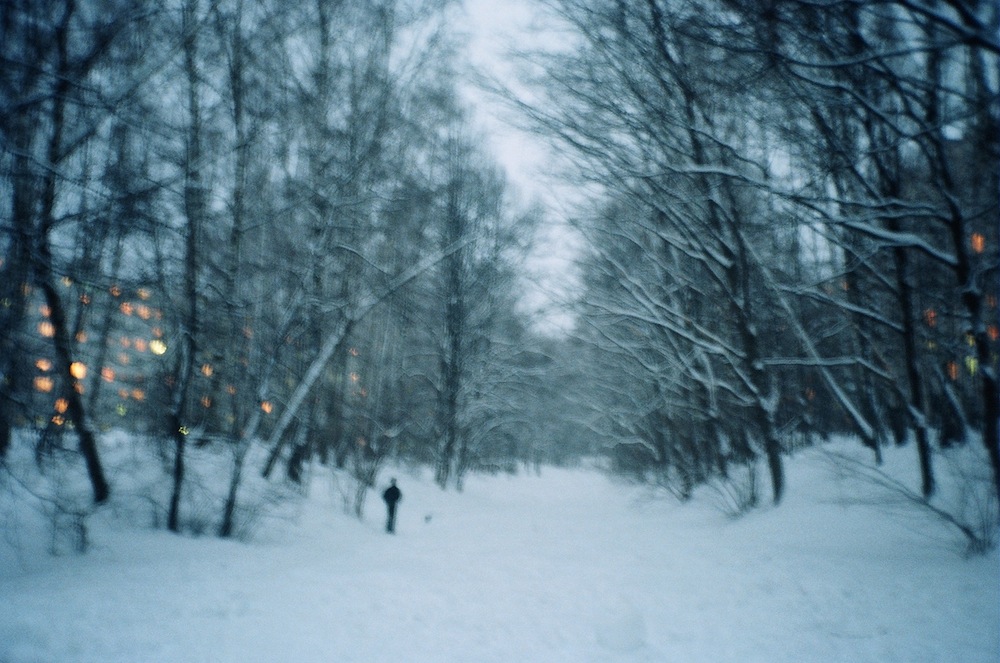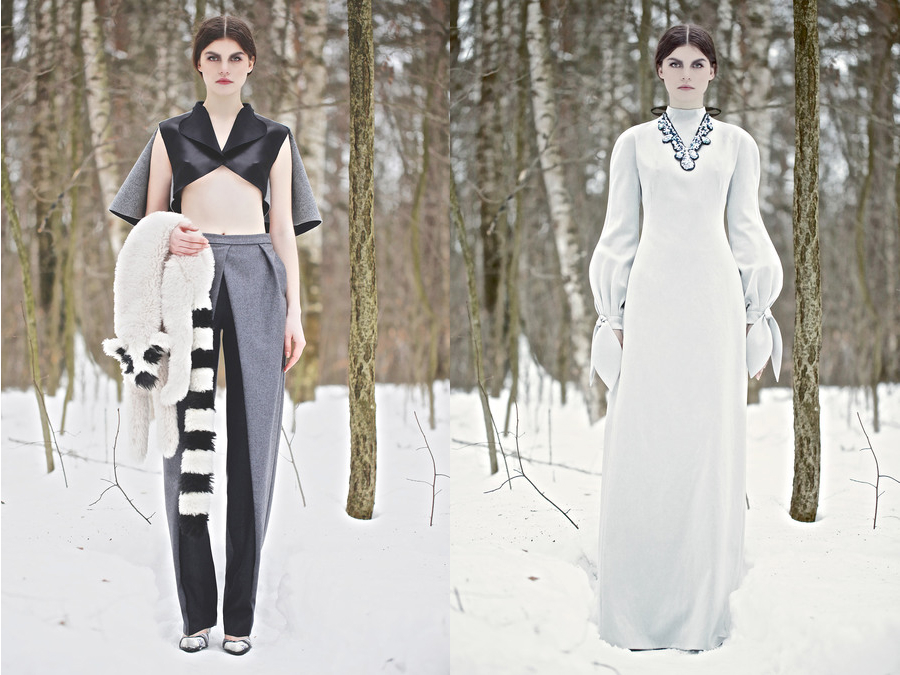Urban outfitters: from skater to sophisticate, the evolution of St Petersburg’s streetwear scene

The global popularity of St Petersburg’s streetwear designers coupled with a shift towards more sophisticated design has prompted the city’s fashion mavens to shop locally
Helped by low rents and its close proximity to northern Europe, St Petersburg has historically been a city where subcultures have thrived, from the underground punk scene of the Eighties to the straight edge movement more recently. Today, it’s the street fashion scene in the city that’s booming, with a crop of cool streetwear brands that have caught the eye of global fashion labels. The best known of the bunch is T-shirt specialist Anteater, which boasts both Casio and Saucony among its collaborators. Then there’s designer Gosha Rubchinskiy, who, despite being from Moscow looks to St Petersburg for inspiration, both for his designs but his personal photographic projects. As well as being backed by Commes des Garçons, Rubchinskiy made headlines of late for his collaboration with Vans.
The popularity of these designers and others has sparked a streetwear revolution in St Petersburg that’s encouraging the city’s fashion-conscious residents to consider shopping locally. More than that, the growing popularity of the once peripheral fashion scene, associated with surfers, skaters or rappers, has made it a visible part of the cultural landscape. Add to this a level of sophistication and streetwear has become less niche and more accessible. Now, new collections and trends are covered by mainstream magazines such as popular listings mag Afisha and local news website The Village.
The popularity of local streetwear in St Petersburg can be linked to the rise of skateboarding culture in the late Nineties. “We just made what we could: T-shirts, wallets, gilets, hats and vests. Now it seems odd but for a long time our main income came from badge holders. For a few years back then it was almost impossible to meet a teenager in baggy trousers without this accessory,” says designer and illustrator Alexey Barhan, who used to be a designer of the now-defunct streetwear label Ronin in 2001.
One of the most successful local brands is Anteater, launched in 2007 by Nikita Vilkin, who started out by printing his own T-shirts and running Cream Mag, an online street culture website covering everything from sports to music. Last autumn, Anteater celebrated its 200th T-shirt design by producing a top emblazoned with the names of the graffiti artists, designers and labels it had collaborated with.
Vilkin is particularly proud of the fact that Anteater has twice collaborated with Saucony, a tie-up which has done wonders for his label’s reputation including coverage in foreign blogs and magazines. Back home this has translated into higher sales and greater prominence especially among those who usually look down their noses at homegrown brands. “When we started in 2007 we faced the problem that many shops didn’t take local brands seriously,” says Vilkin. “They said they only worked with foreign companies.”
The small scale of these operations helps when it comes to marketing, which is usually based on instinct rather than scrupulous research. A small customer base and moderate prices are both part of the formula influenced in part by Shawn Stussy, founder of the surfwear company Stüssy. Although a global company today, Stussy began selling his branded T-shirts and board shorts from his surfboard shop in Laguna Beach, California.
While size helps with marketing strategy, it’s less helpful when it comes to production. A problem common to most of these brands is the absence of light industry in Russia, says Oleg Akbarov, founder of Circle of Unity. “It just doesn’t exist. You can’t produce an original and good quality item. A simple product with a satisfactory quality and for an adequate price is out of the question.” Although production issues led to the closure of Circle of Unity, other labels have found ways of getting around this obstacle.
In the absence of the necessary facilities, Andrei Kravtsov, founder of Sh’u, specialists in jackets and rainwear, decided to open his own workshop. Afour founder Vladimir Girgoriev took a similar route after an unsuccessful attempt at working with a local shoe factory. He spent six months mastering the art of shoemaking before opening his workshop where he has been making boots and trainers since 2009. Both brands are representative of the evolution of Russian streetwear into its latest, more sophisticated incarnation. Where the brands of the early Noughties were tailored to the skater and graffiti scene, streetwear today is aimed at a more varied clientele. They have prioritised accessibility over cult appeal and see themselves not only as part of the underground but as a key aspect of the city’s wider cultural scene.
